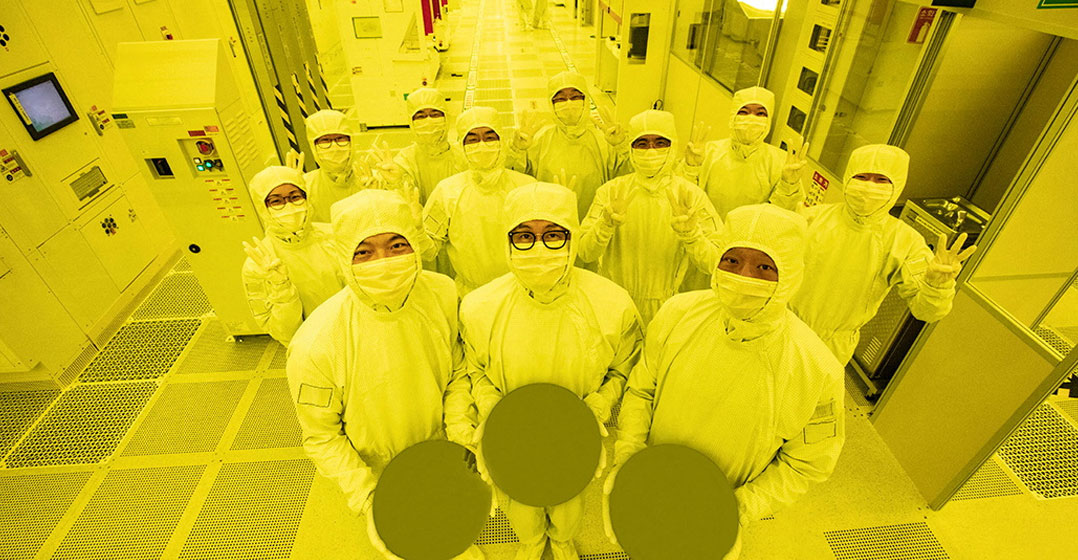
Samsung Electronics reported just enough earnings data on Thursday to tease us about what might be heading our way. Second quarter revenue and operating profit at the South Korean giant portend a tough second half for global technology hardware manufacturers.
Sales pipped estimates by a little, but that’s mostly because analysts have been cutting their forecasts over the past two weeks in anticipation of a worsening market for Samsung’s chips, smartphones and other electronics. The figure was likely boosted by a slide in the Korean won of almost 7% during the period. Crucially, operating profit missed by a wider margin than revenue beat. Samsung only provided a preliminary range for the data, and this analysis is based on the median of that information. A full breakdown of numbers by division will come later this month.
What we do know so far, though, is that prices of its bread-and-butter products are weakening. Although Samsung is best known for smartphones, and recently grabbed headlines for claiming to be first to make semiconductors at the advanced 3-nanometre node (an announcement that’s mostly a marketing ploy), a large swathe of its revenue and bulk of profit comes from making memory chips, notably DRAM, which helps speed up a computer, and flash, which stores data.
Because these components, which are used in most electronic devices, are a commodity product, any slowdown tends to impact both shipments and prices. There are already signs manufacturers are willing to sell for less just to move stock.
“Facing uncertain peak-season demand in 2H22, some DRAM suppliers have begun effectively expressing clear intentions to cut prices,” Taipei-based researcher TrendForce wrote this week. “This situation will cause 3Q22 DRAM pricing to drop from the previous 3-8% to nearly 10% quarter on quarter.”
Slowdowns in commodity products tend to have a multiplier effect. A 10% drop in prices coupled with a 10% fall in demand means a 19% drop in revenue (0.9 times 0.9 is 0.81). A 15% decline in both equates to a 44% hit on sales. This means the bottom could fall out of the memory-chip market very quickly.
Early warning
Samsung’s announcement “may push analysts to cut forecasts for the firm’s 2022 operating profit by 4-6%”, Bloomberg Intelligence analyst Masahiro Wakasugi wrote after the announcement. “Its 3Q sequential profit growth may not be as strong as expected, due to weaker PC and smartphone demand caused by inflation.”
US rival Micron Technology sounded an early warning last week. While the world’s third largest maker of DRAM posted revenue and operating profit for the quarter ended 2 June that was largely in line with estimates, its forecast for the coming three months was 20% lower than expectations. It now sees the PC and smartphone markets much weaker than previously thought.
TSMC, which doesn’t make many memory chips but is the major player in processors that run phones, computers and servers, is also seeing signs of a slowdown amid reports that key clients have asked to cut or delay orders.
It was barely six months ago that the technology hardware sector looked quite immune to a global slowdown as streaming services and cloud computing continued to drive demand for chips and servers, while consumers remained eager to buy the latest gadgets. That picture is now fading fast and investors need to brace for more tough news to come. — (c) 2022 Bloomberg LP




